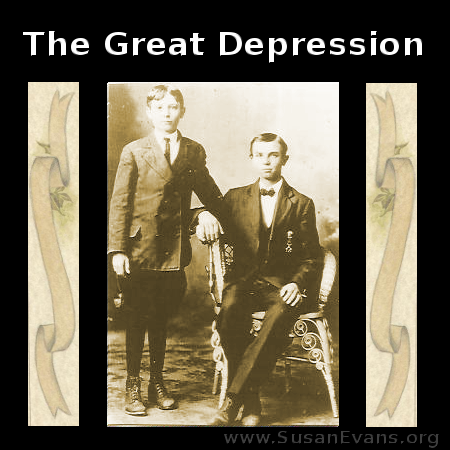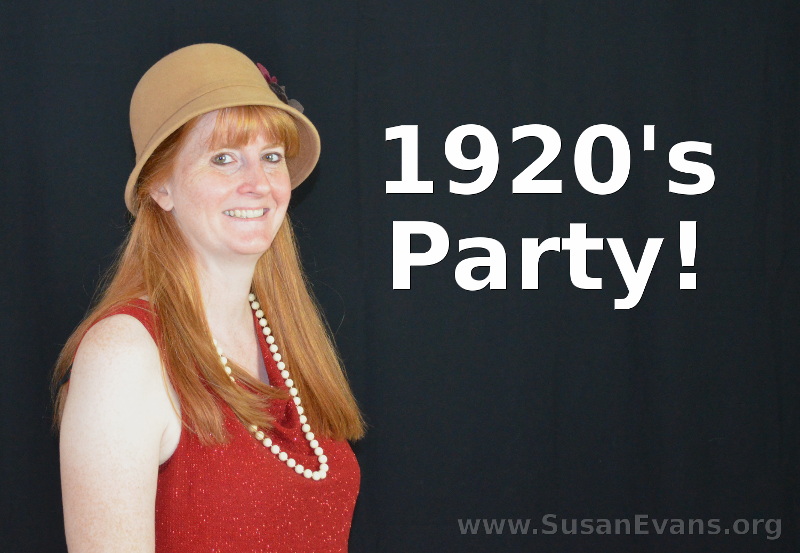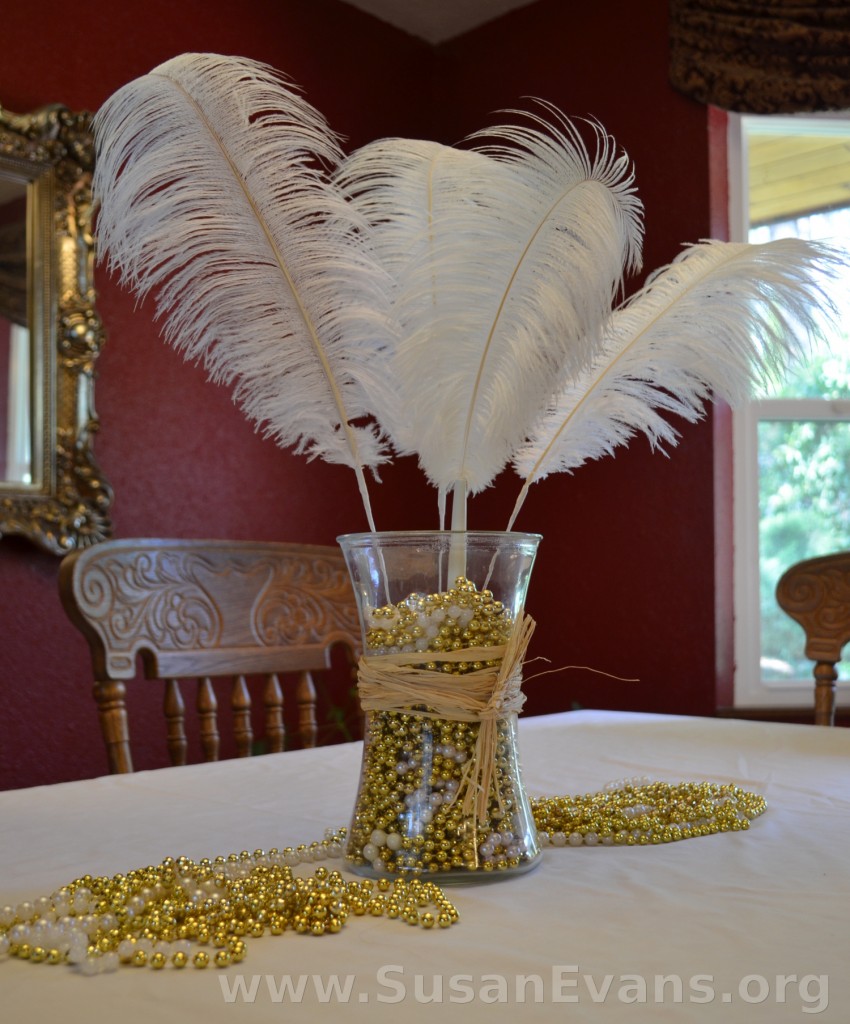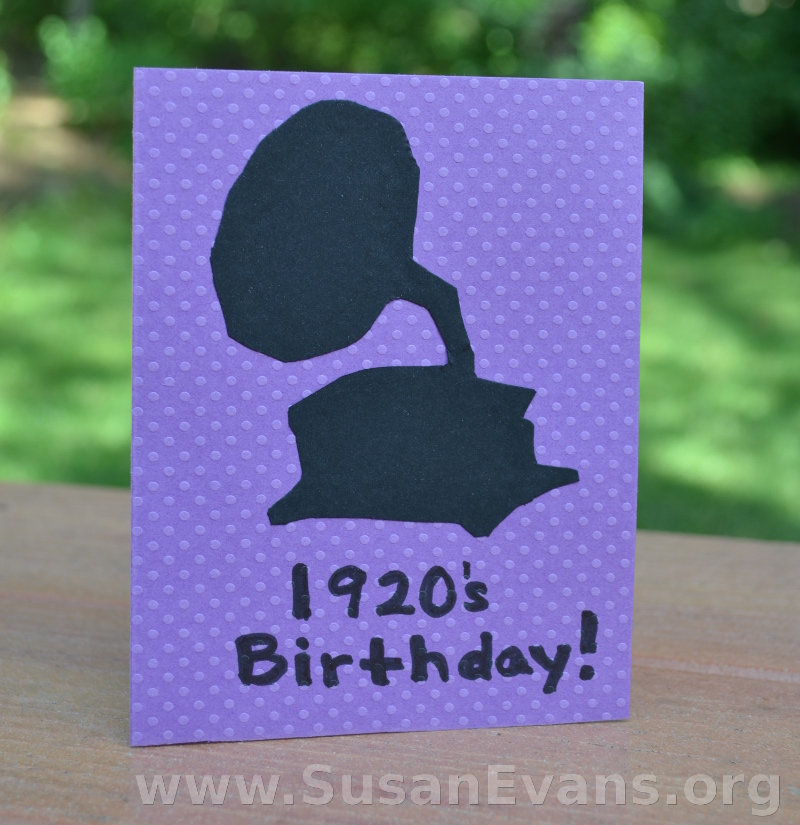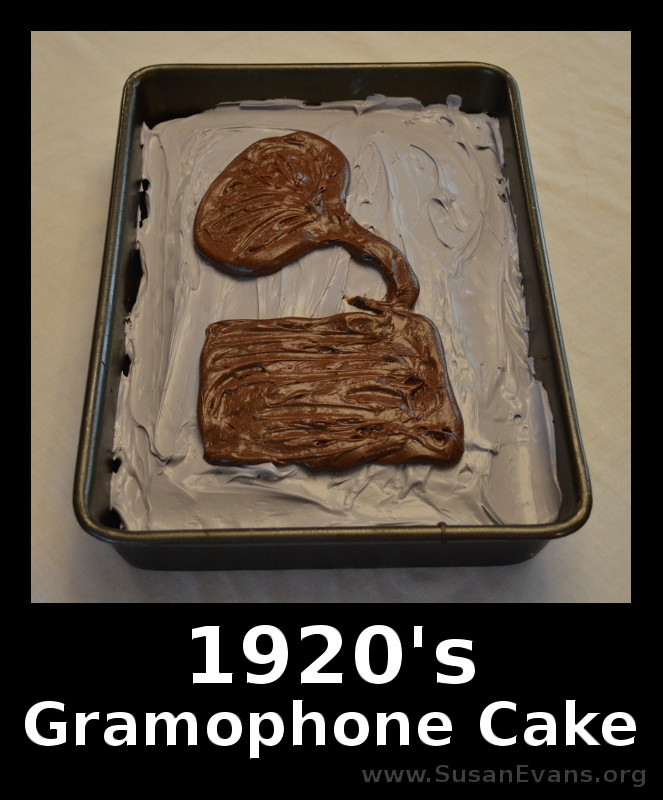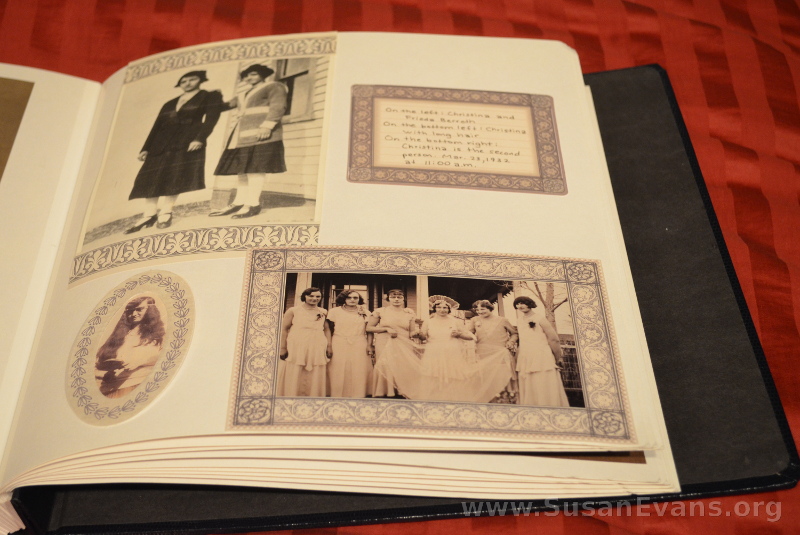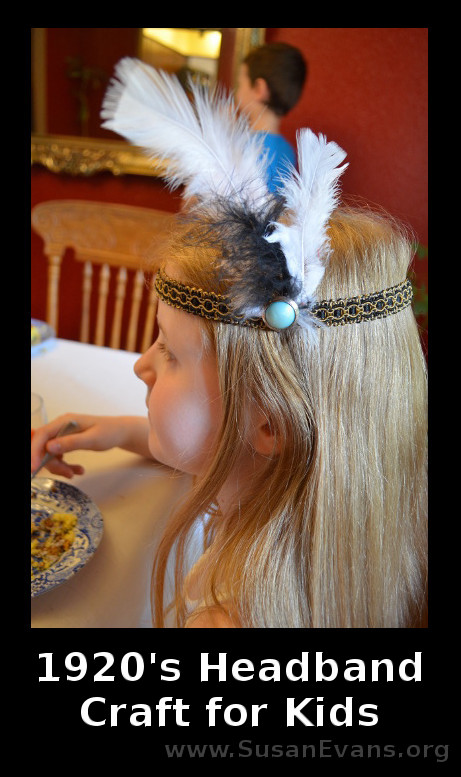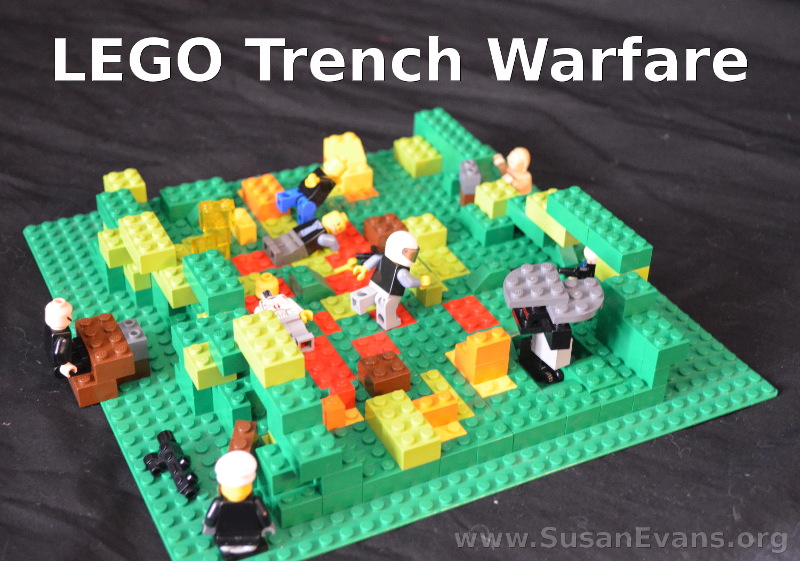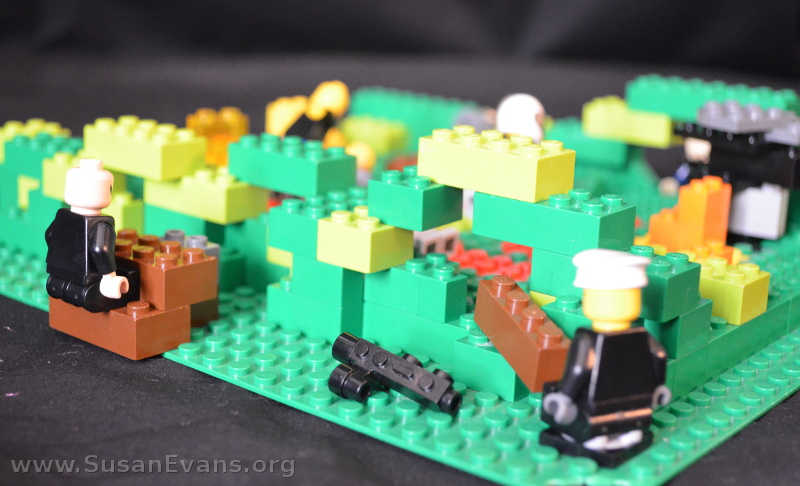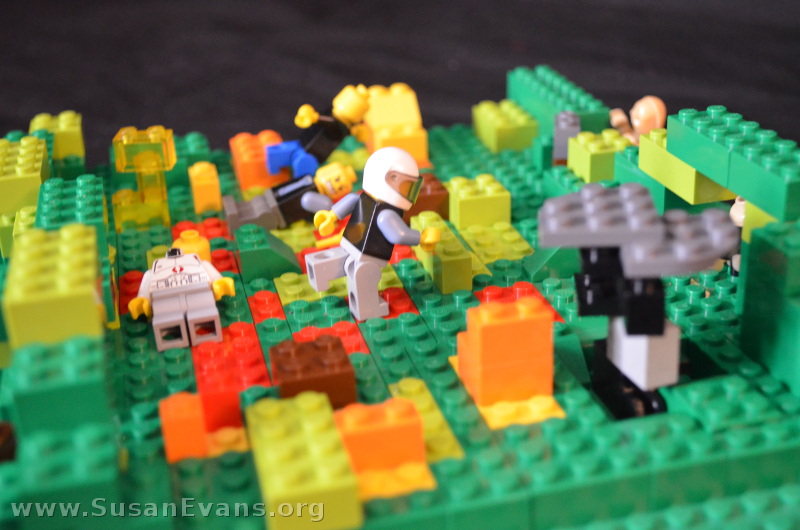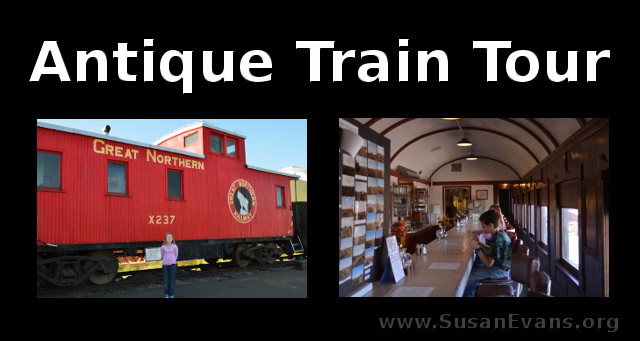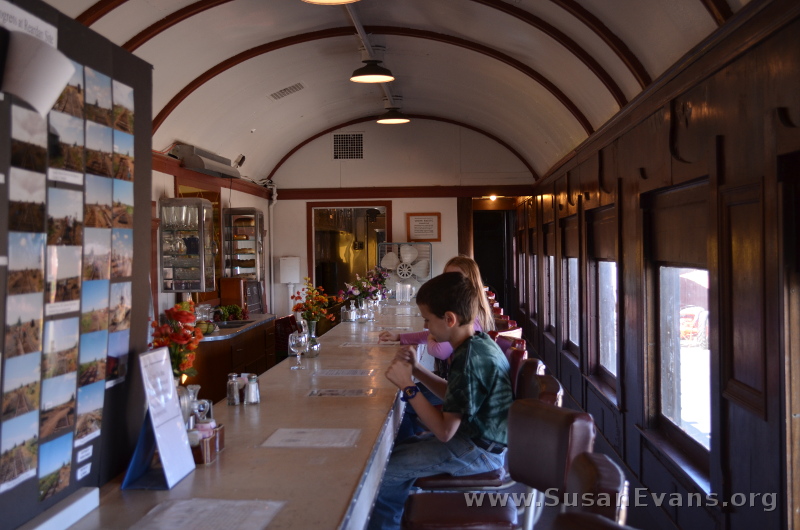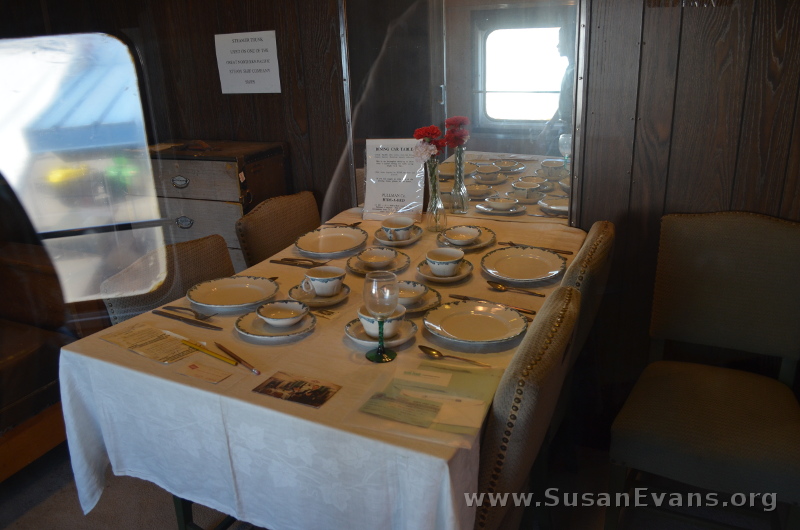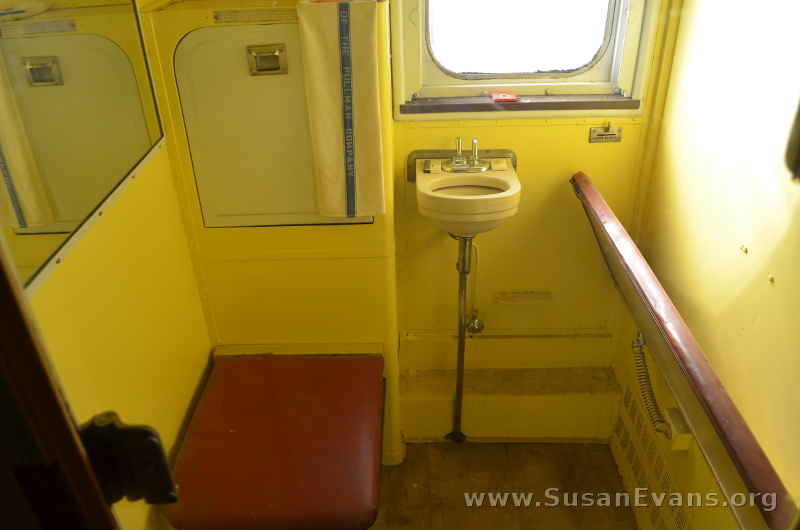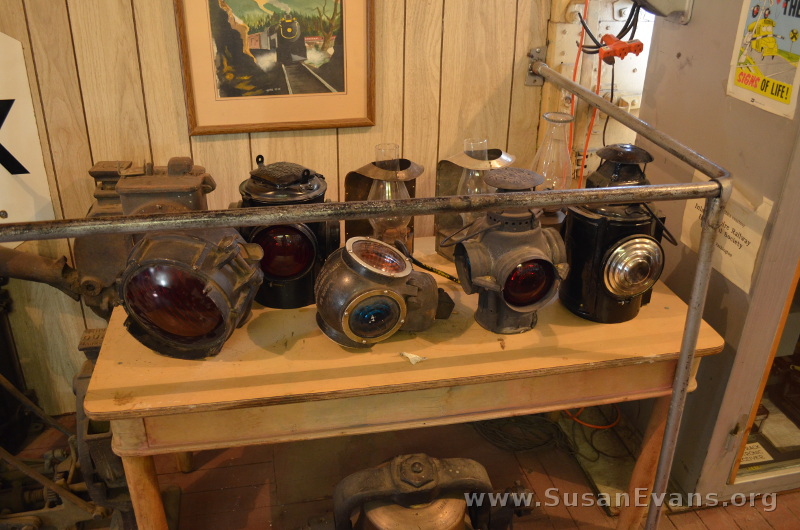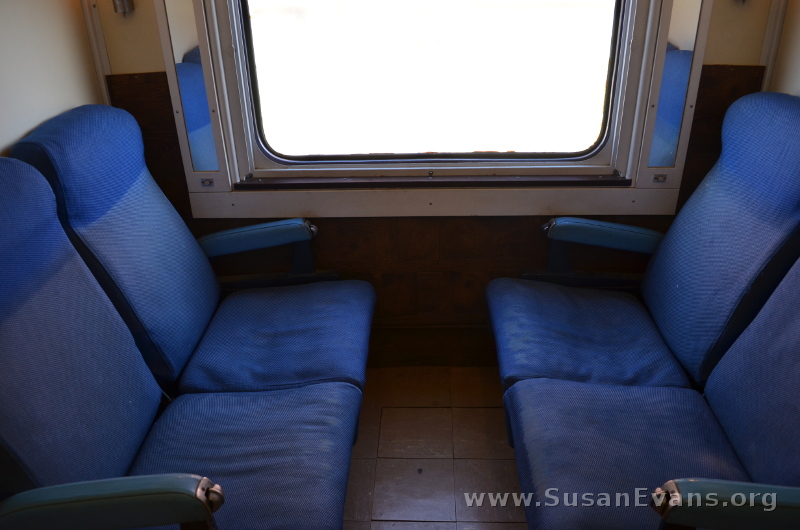When we studied the Great Depression, my children realized how fortunate they were to have a family that has a home, employment, and food three times a day. These were some basics that a large amount of people never had during the Great Depression. I remember talking to my grandmother before she passed away. Anyone who lived through the Great Depression was never the same again–they were more frugal and less wasteful with everything.
How to Teach the Great Depression:
Hands-on Ideas
- Pretend you are a bank teller. Have the children put all their money into the bank. Now have the bank close. They can’t ever have their money back. They’ve lost everything.
- Make soup and have the children stand in line to get their soup. Serve the soup two hours later than the usual lunch time so the children experience hunger.
- Have children sleep in a large cardboard box in the living room, using only newspaper as blankets. If it’s winter time, turn off the heater. After an hour of discomfort, have the children describe how people living in Hoovervilles must have felt.
- Listen to some of FDR’s fireside chats. React as if your life hinges on what he’s saying. Enter into the emotion of that time, the desperation, the inability to know what to do.
- One of the most popular actresses during the Great Depression was Shirley Temple. Watch one of the movies produced during the Great Depression.
- Listen to some songs produced during the Great Depression, such as “It Don’t Mean a Thing If It Ain’t Got That Swing.”
- The Empire State Building was built during this time. Draw a simplified version of the Empire State Building.
- Construct Mount Rushmore out of a block of white clay, using clay modeling tools.
- Look at some artwork created during the Great Depression. American Gothic is one famous painting created during this time.
My children also wrote a summary of the Great Depression for their Modern History notebooks. Here is Bryan’s version of the Great Depression. Hopefully you won’t get too depressed as you read it:
The Great Depression
The Great Depression was depressing. Before it people were less depressed because it was the Roaring Twenties. Right up to the Great Depression, the stock market was doing ridiculously well. It was called the Big Bull Market. Sure, the amount of dishonesty from some of the investors was somewhat depressing, the way they gave themselves so much money. But that wasn’t as depressing as the Great Depression.
It all started on Black Thursday when a big bunch of investors tried to sell their stock. But they couldn’t find enough buyers because prices were so high. For some reason, this made everybody panic, and everyone tried to sell their stock. The stock market lost eight billion dollars in one day. In three weeks, they lost thirty billion dollars. Rumors spread that people were so depressed about the amount of money they lost, they committed suicide. Banks went bankrupt, people everywhere were depressed, and nobody seemed so be able to get a job. The places they would have gotten jobs didn’t have to produce as much because everyone was so poor. So they didn’t need to hire more workers.
Even people who had jobs were depressed. They had reduced hours and huge pay cuts. People struggled to feed their families, so they simply abandoned them. People lived in houses made of cardboard, pieces of broken cars, wooden boxes, metal poles, newspapers, and tables. It was even more depressing for farmers because they had mortgage foreclosures. Farmers everywhere lost their homes and loaded all their stuff on cars. They headed west for some reason. Farm prices dropped 60 percent, so farmers wasted their goods to drive up prices. Their farms were also covered with sand from dust storms.
Buildings were usually built with fewer decorations, making them look more streamlined. Houses were usually smaller, and many people lived in apartments. The Golden Gate Bridge was built, as well as the Empire State Building. Board games were popular because they were cheap.
The movie industry was less financially hit because many people were so depressed, they paid a quarter to get away from reality for a while. Herbert Hoover was president during part of the Great Depression, and everyone hated him. They hated him so much that they called bunches of huts with poor people living in them Hoovervilles. The newspapers their children used as blankets were called Hoover blankets. I would have hated being Hoover.
The next president was Franklin D. Roosevelt. People weren’t so depressed about him. He declared a bank holiday, and all banks were closed. Financially sound banks were given money by the government, and the rest were kept closed until they were less depressed. Many never got less depressed.
Franklin D. Roosevelt also established a bunch of agencies. Some of these agencies were: The Agricultural Adjustment Administration, The Works Progress Administration, The National Labor Relations Board, The Tennessee Valley Authority, The National Recovery Administration, and The Civilian Conservation Corps. He also did these things called “fireside chats,” where he talked on the radio to encourage people so that they wouldn’t be so depressed.
